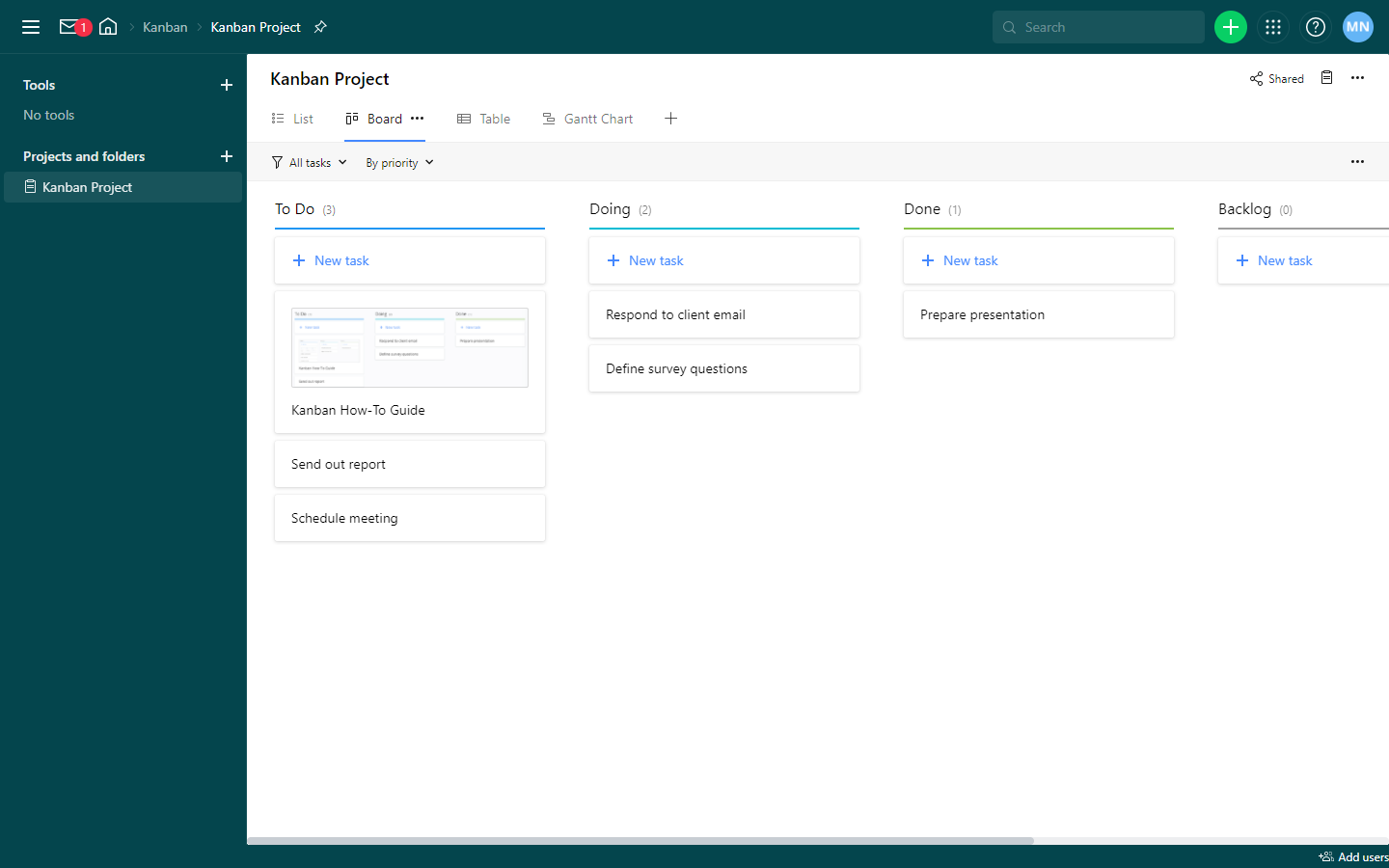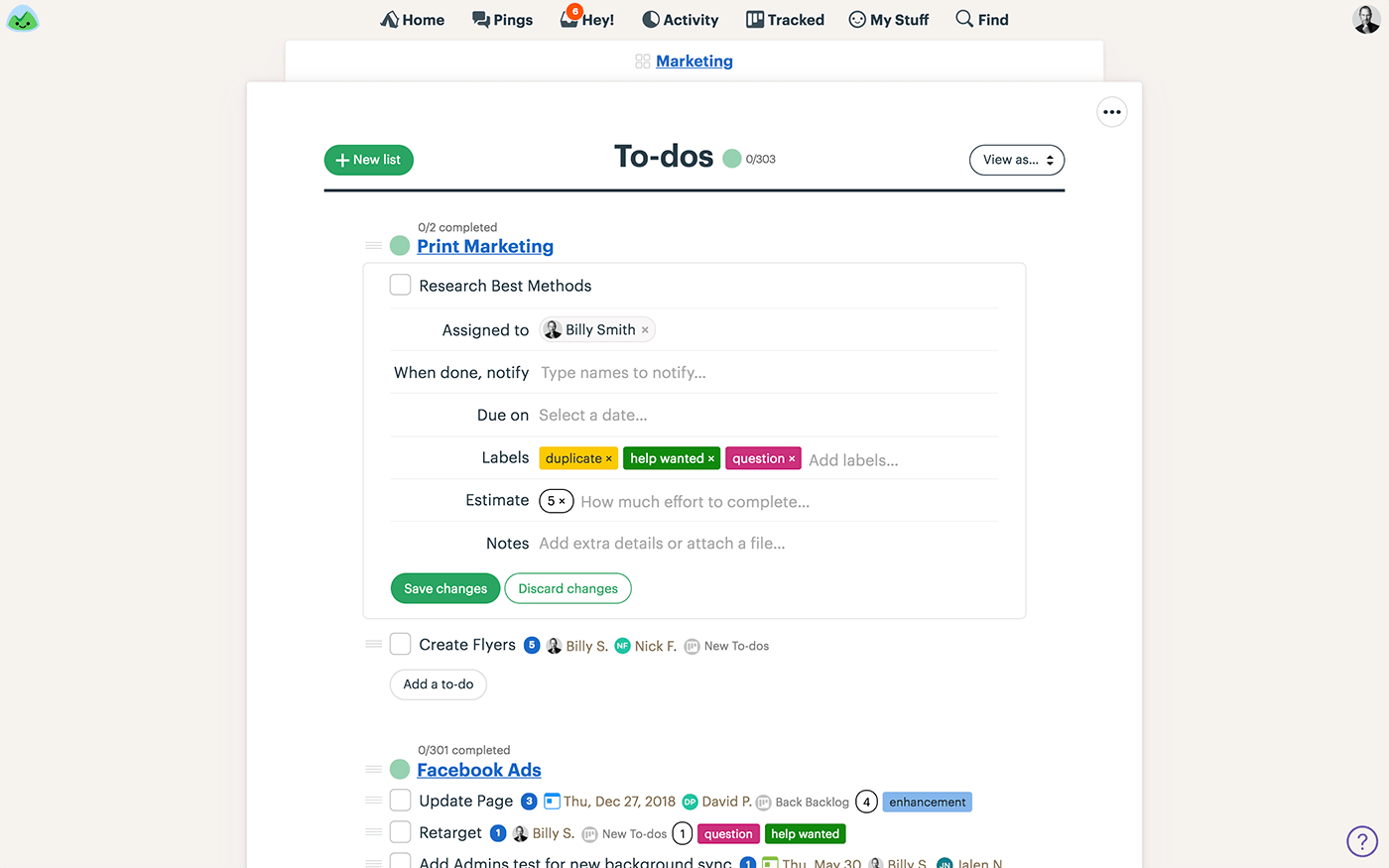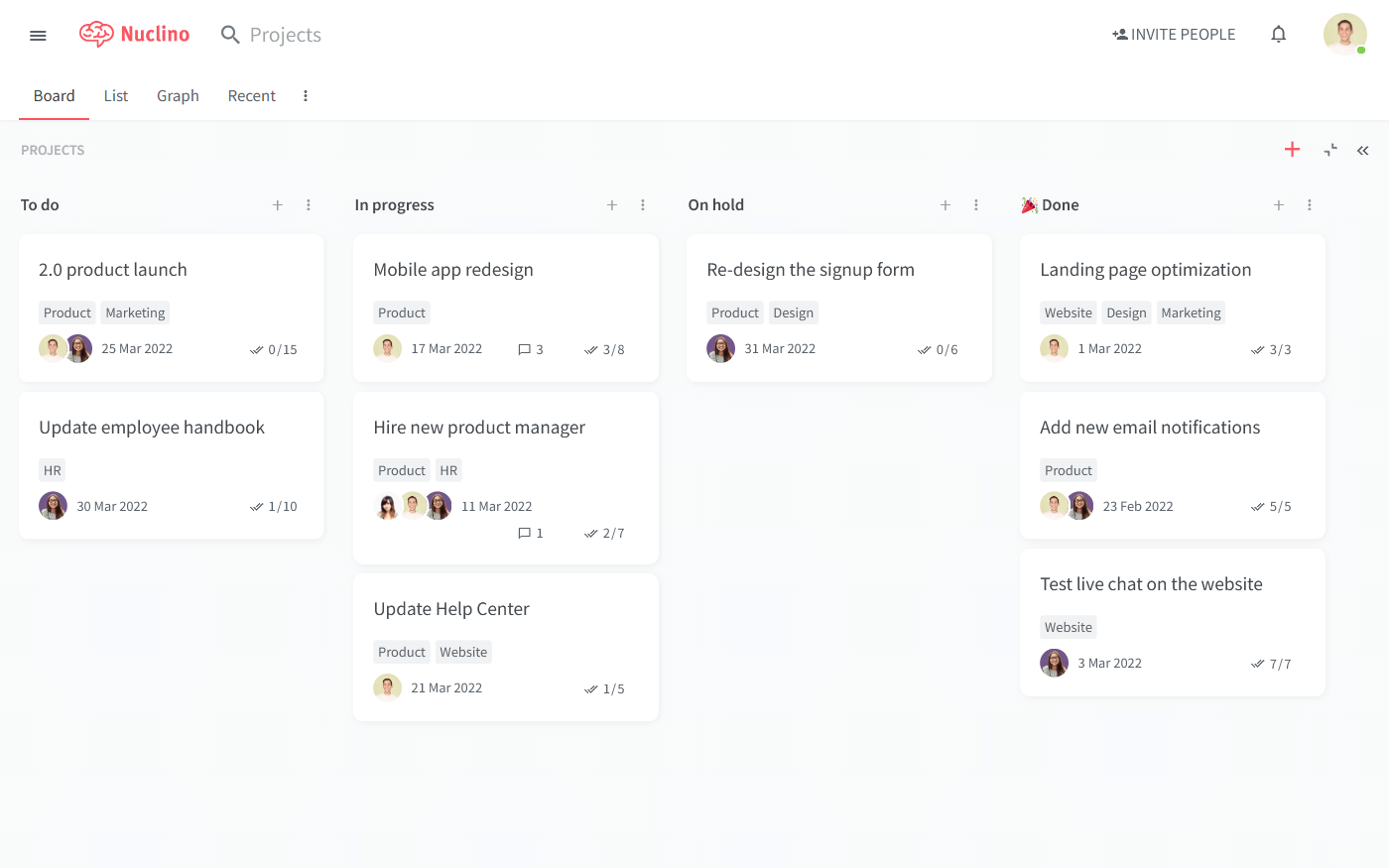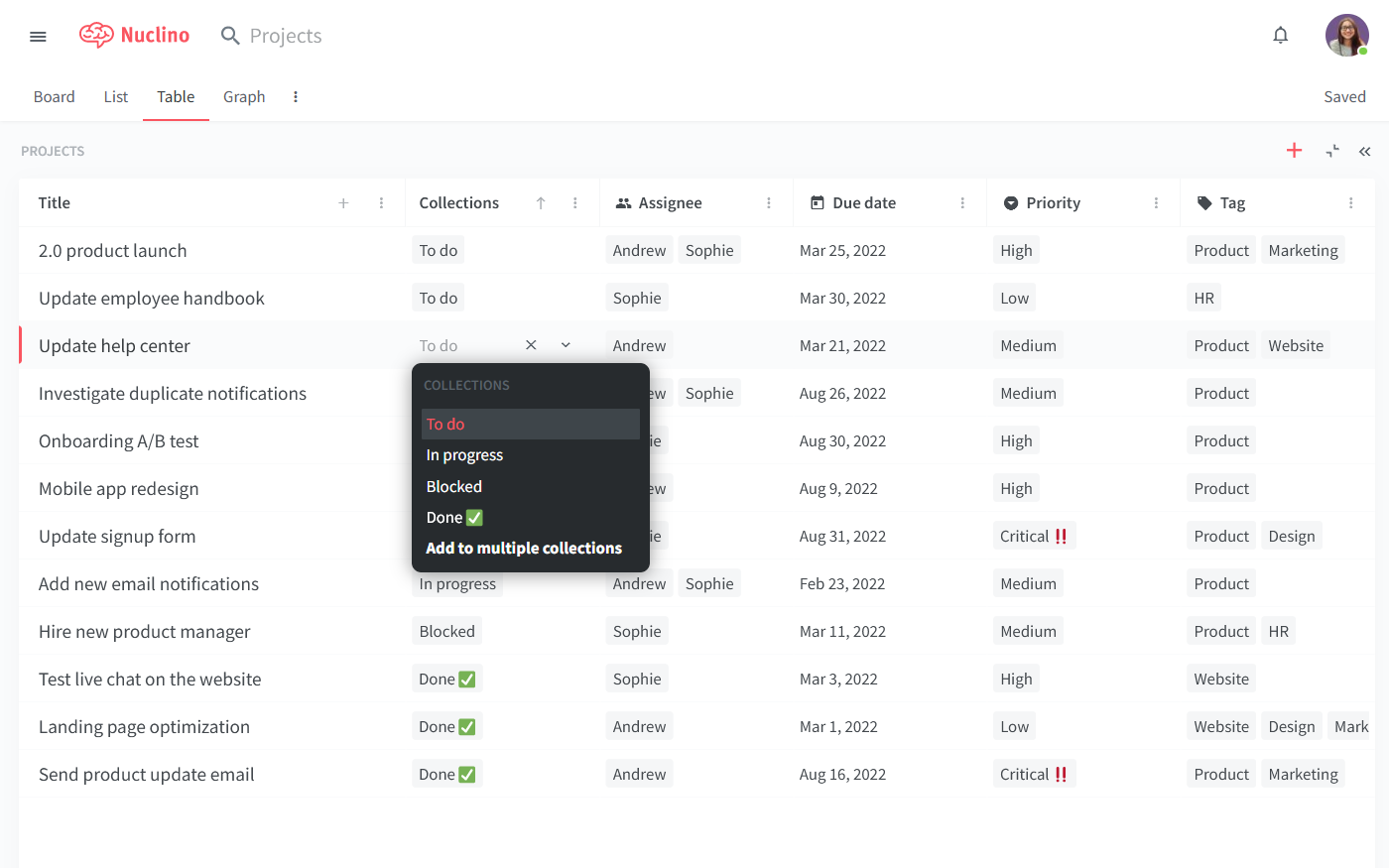Wrike vs Basecamp
Learn more about your options and pick the best tool for your team.
Unsure whether you should use Wrike or Basecamp? You've come to the right place.
Wrike and Basecamp are both well-established project management tools that have been serving businesses for years. Wrike, founded in 2006, offers a robust platform with a wide range of features. Basecamp was launched in 2004 and is known for its simplicity and ease of use.
But what's the difference between them? How can you decide which tool would be a better fit for your business? Let's take a closer look at Wrike and Basecamp and examine their strengths and weaknesses.
Wrike and Basecamp compared
The main difference between Wrike and Basecamp lies in their approach to project management. Wrike provides a comprehensive suite of tools and features designed for detailed project planning, real-time collaboration, and performance tracking. It caters to teams looking for depth and customization in their project management software. Basecamp, on the other hand, prioritizes simplicity and clarity, offering an intuitive interface and essential tools without overwhelming users with complex features.
Let's dive deeper into what Basecamp and Wrike have to offer and also have a look at other alternatives you may want to consider.
Wrike

Pricing: Free, advanced features starting from $9.80/user/month
Rating on Capterra: 4.3/5
Wrike stands out for its customizable workflows, detailed reporting, and advanced project management features, such as time tracking, Gantt charts, and workload view. It's designed to support teams of all sizes, from small startups to large enterprises, offering scalability and flexibility in managing projects.
Wrike's integration capabilities allow it to fit into a variety of workflows, connecting with numerous third-party apps and services.
Looking for more tools similar to Wrike? Check out this list of Wrike alternatives.
Why you might prefer Wrike over Basecamp:
Wrike offers more sophisticated planning tools than Basecamp, ideal for complex projects.
Wrike allows you to customize workflows and dashboards to fit specific project needs.
Wrike comes with comprehensive reporting tools for tracking performance and progress.
Wrike is suitable for larger teams and projects, providing features that can grow with your needs.
Looking for more tools similar to Wrike? Check out this list of Wrike alternatives.
What users say about Wrike:
"Our subscription with Basecamp came to an end and instead of automatically renewing we decided to try out a new tool that could replace Basecamp and Float for our team. Wrike is an all-in-one project management tool that will organize your team's projects, schedule out daily tasks per person and keep you on track for all of your to-dos. It's a robust tool and it can be very helpful but our team doesn't all use it in the same way and it can cause confusion rather than add clarity to some projects. There are a lot of complexities and nuances to using this system."
Basecamp

Pricing: $15/user/month or $299/month for unlimited users
Rating on Capterra: 4.3/5
Basecamp is celebrated for its simplicity and ease of use, offering a clean interface that makes project management straightforward and accessible. It focuses on providing core functionalities like to-do lists, file sharing, message boards, and schedules without the complexity of more advanced features. This makes it an excellent choice for teams looking for a no-frills solution that gets the job done.
Why you might prefer Basecamp over Wrike:
Basecamp is easier to use with a less steep learning curve compared to Wrike.
Basecamp offers a flat-price plan with unlimited users, making it cost-effective for larger teams.
Basecamp comes with a clean and straightforward design that reduces clutter.
Basecamp requires minimal configuration, allowing you to spend less time on setting up and learning the software.
Basecamp offers many helpful features for keeping team communication centralized and organized.
Looking for more tools similar to Basecamp? Check out this list of alternatives to Basecamp.
What users say about Basecamp:
"Wrike was a great tool but lacked the ability to collaborate that Basecamp offers with its message boards and campfire. Basecamp's price and the overall system is what my team needed. It's so simple to use and assign team members the tasks. It has a great user interface structure. There's not a day that goes by where I'm not on Basecamp."
Other alternatives
It should be mentioned that your options are not limited to just Wrike and Basecamp. There are many other great project management apps that can serve you just as well.
For example, if you are looking for a more user-friendly, lightweight, and fast solution, consider Nuclino. Simple by design, Nuclino keeps customization options to a minimum and instead focuses on getting the essentials just right. Setting it up takes less than a minute, and there's virtually no learning curve.

Like Wrike and Basecamp, Nuclino supports various workflow visualizations, such as a Kanban board, a hierarchical list, a table, and a mindmap-style graph.

Every task item is a standalone long-form document that can be collaborated on in real time. You can include notes, create to-do lists with due dates and reminders, embed files, and more, maintaining the context of every task and recording important decisions. Feedback loops happen directly in Nuclino through comments and mentions.

The flexibility of Nuclino makes it a great tool not only for managing your projects, but also for collaborative note-taking, creating internal documentation, building your knowledge base, and more. It's a unified workspace where you can bring all your team's knowledge, docs, and projects together in one place.

Wrike vs Basecamp: So which is better?
In essence, the choice between Wrike and Basecamp boils down to the scale and complexity of your projects. If you require detailed project management capabilities and customization, Wrike is the superior choice. Conversely, if simplicity and ease of use are your priorities, Basecamp offers a streamlined solution that focuses on communication and task management.
On the other hand, if you like the idea of bringing your projects and documentation together within one lightweight and minimal tool, consider Nuclino.
Ultimately, it boils down to which tool aligns more closely with your team's workflow and objectives, ensuring that your project management efforts remain efficient and effective. In any case, we recommend giving all three tools a try and evaluating them together with your team.
Ready to get started?
